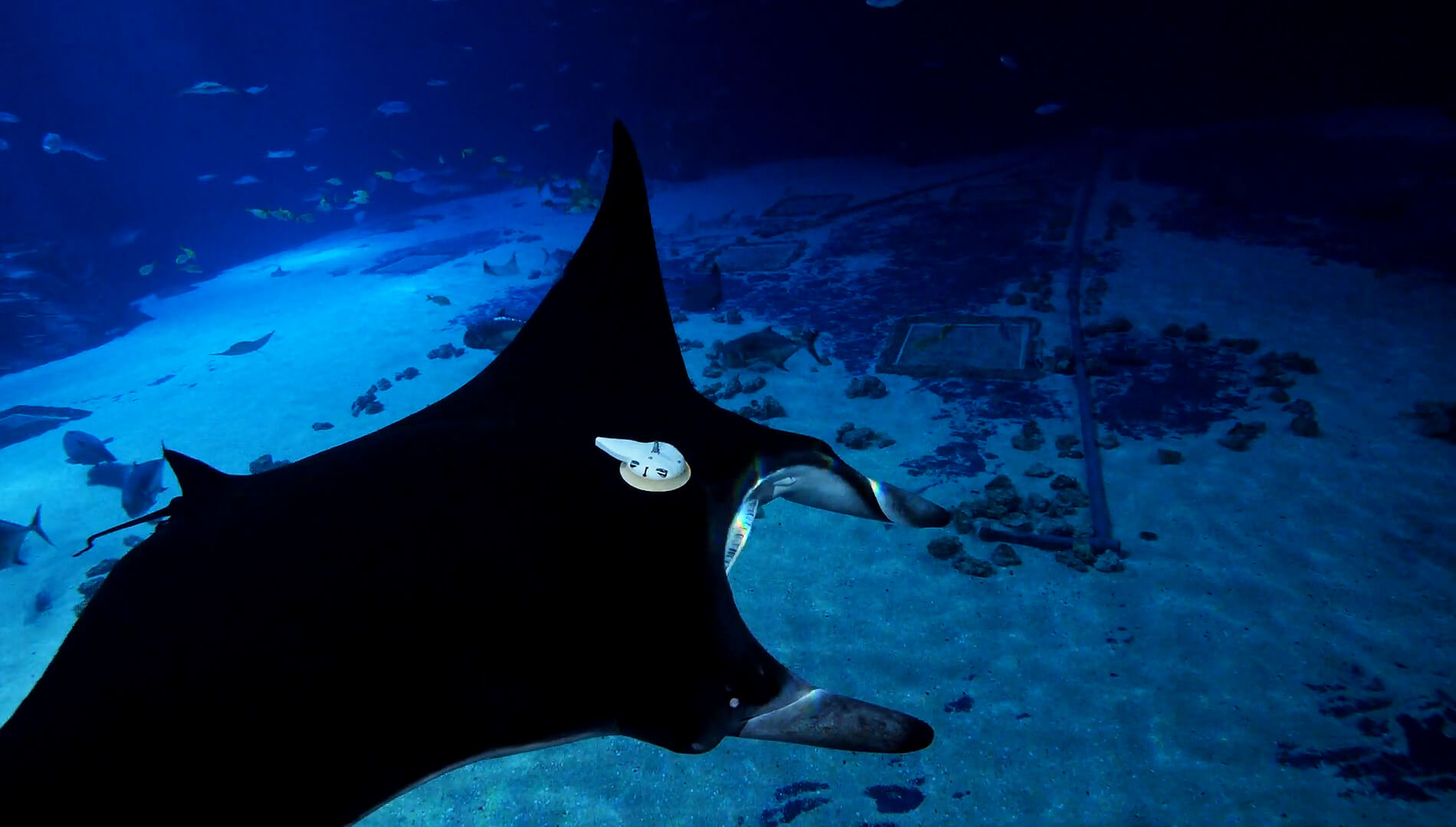Hello everyone. I'm part of a team working on a low-cost, deep-sea camera (BRUVS) project and we're currently facing challenges with our subsea burnwire release system. We're making progress with a design that includes a custom silicone-coated core wire and nichrome wire, but we're exploring more reliable alternatives. I'm looking for advice on commercially available devices or open-source plans that could be adapted to enhance our current system, especially those proven effective in deep-sea environments. Our aim is to integrate a robust and reliable (and relatively low-cost) release system into our camera setup, capable of withstanding deep-sea conditions.
Any suggestions or resources related to subsea burnwire mechanisms or relevant technologies would be greatly appreciated. We're open to exploring different materials or novel approaches to overcome our current challenges. Thanks in advance for all responders!
7 December 2023 9:49pm
Hi Titus,
I'd be happy to support your efforts, or contribute as I haven't come across an off-the-shelf solution either. Having explored nichrome wire release devices (https://www.researchgate.net/publication/372122486_SensorDrop_A_system_to_remotely_detach_individual_sensors_from_wildlife_tracking_collars) with @Rob_Appleby for custom drop off tags (bears), I'd be keen to hear more about what has been working for you to date, and what we can help trial or design to advance this space.
What's the current issue(s) you are experiencing? It is random failure due to partial wire burns, or the challenge of developing a reusable release that isn't a one-top epoxy resin filled system etc?
Cheers,
Alasdair
8 December 2023 5:02am
I would also be interested in chatting about this. I've worked on burn wire mechanisms for collar drop offs and am currently needing to design one for a CubeSat as well. As @Alasdair mentioned @Rob_Appleby is a great resource for open source burn wire releases.
My knowledge of ocean release mechanisms is limited but a couple I've seen are passive solutions that rely on galvanic corrosion and an active spring release one that clipped to dorsal fins. The galvanic ones seem highly reliable if you are ok with a timed release.

Alasdair Davies
Arribada Initiative
8 December 2023 1:50pm
Sure thing Brett.
It may be possible to create a channel for it on WILDLABS for those interested in this spaces specifically?
My experience with galvanic releases is that it's difficult to get past 48hours without either a) the expense for a large segment of exotic corroding material, or b) the challenge to have to "reload" it at cost vs redeploy.
We have an 8 hour galvanic disk in this vaccum cup tag (below) that is being developed for mantas to dump the air at a predetemined time, but it's $50 for the disk each time. Probably fine for a biologger, but I suppose for a camera that is deployed lots a mechanical release or wire based release may be the win? I know that Wildlife Computers pop-off archival are wire based and preform well, but would need to check if it's a burn or mechanical design.
15 December 2023 4:17pm
Hi Titus,
We've used this design/procedure for many years with our Deep Sea Camera systems, with good reliability. Not OTS but not hard to make and most of the materials come out to be inexpensive per unit. The most expensive item is the M101 connector ($25ea), but if you get them with extra length on the cable, you can essentially cut it off at the point where it joins the burn-loop and reuse that connector until it gets too short. You'd also need an F101 connector integrated with your BRUV, this connecting with the burnwire and forming the the positive side of the circuit, and a ground - our ground connection goes to a large bolt on the frame near the burnwire loop - but that connector generally shouldn't need replacement unless it gets damaged.
These burnwires generally break in 3-7min, burning at about 1Amp, ~14.5V. A thinner version of the coated wire could go faster or with less power required.
We do also employ galvanic releases as backups. I really like redundancy on recovery mechanisms! The ones we use are made by International Fishing Devices, Inc. Various distributors sell certain models of their products (i.e. different time durations) but if you contact them directly, they can also make custom duration ones for you.













Alasdair Davies
Arribada Initiative